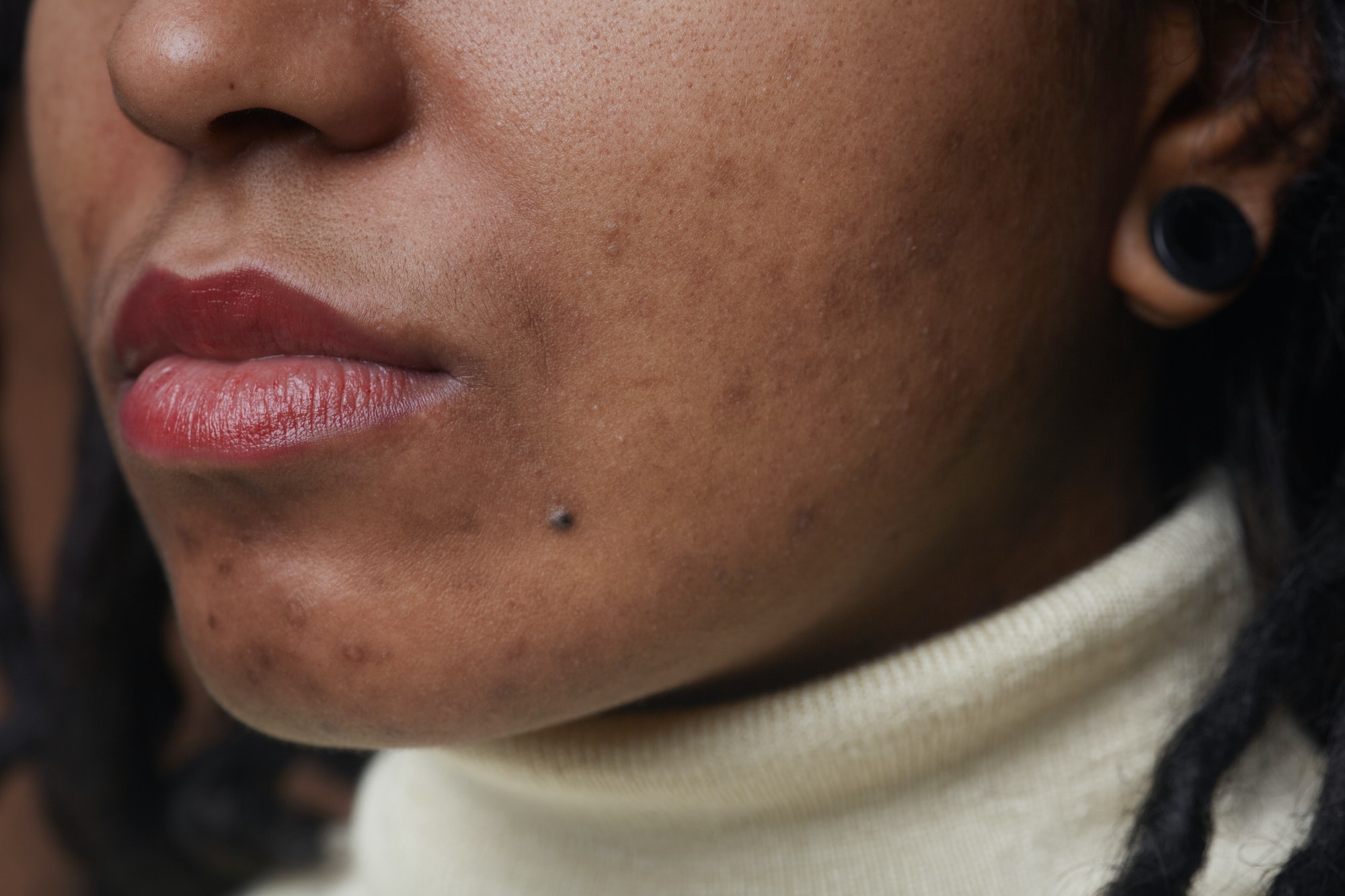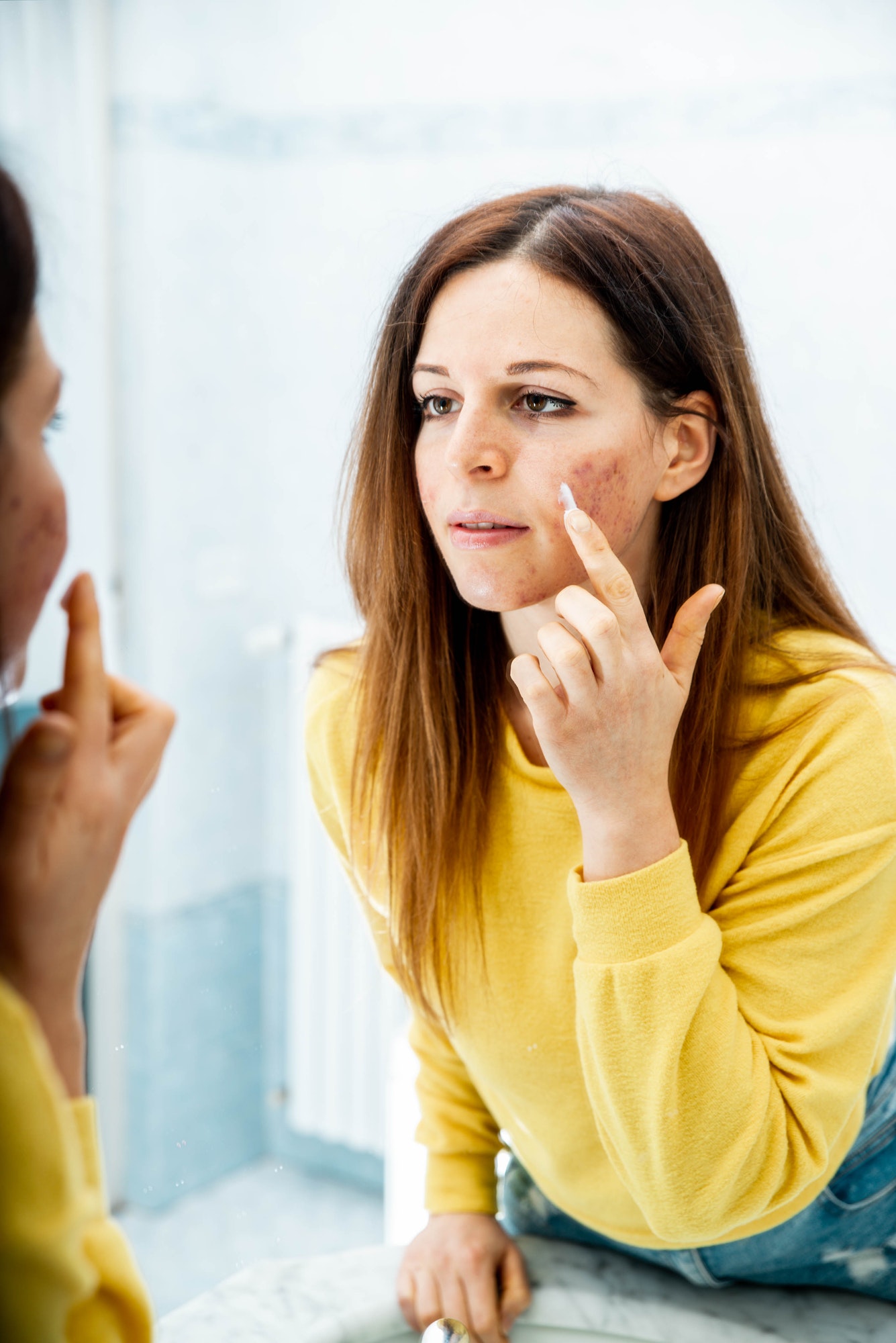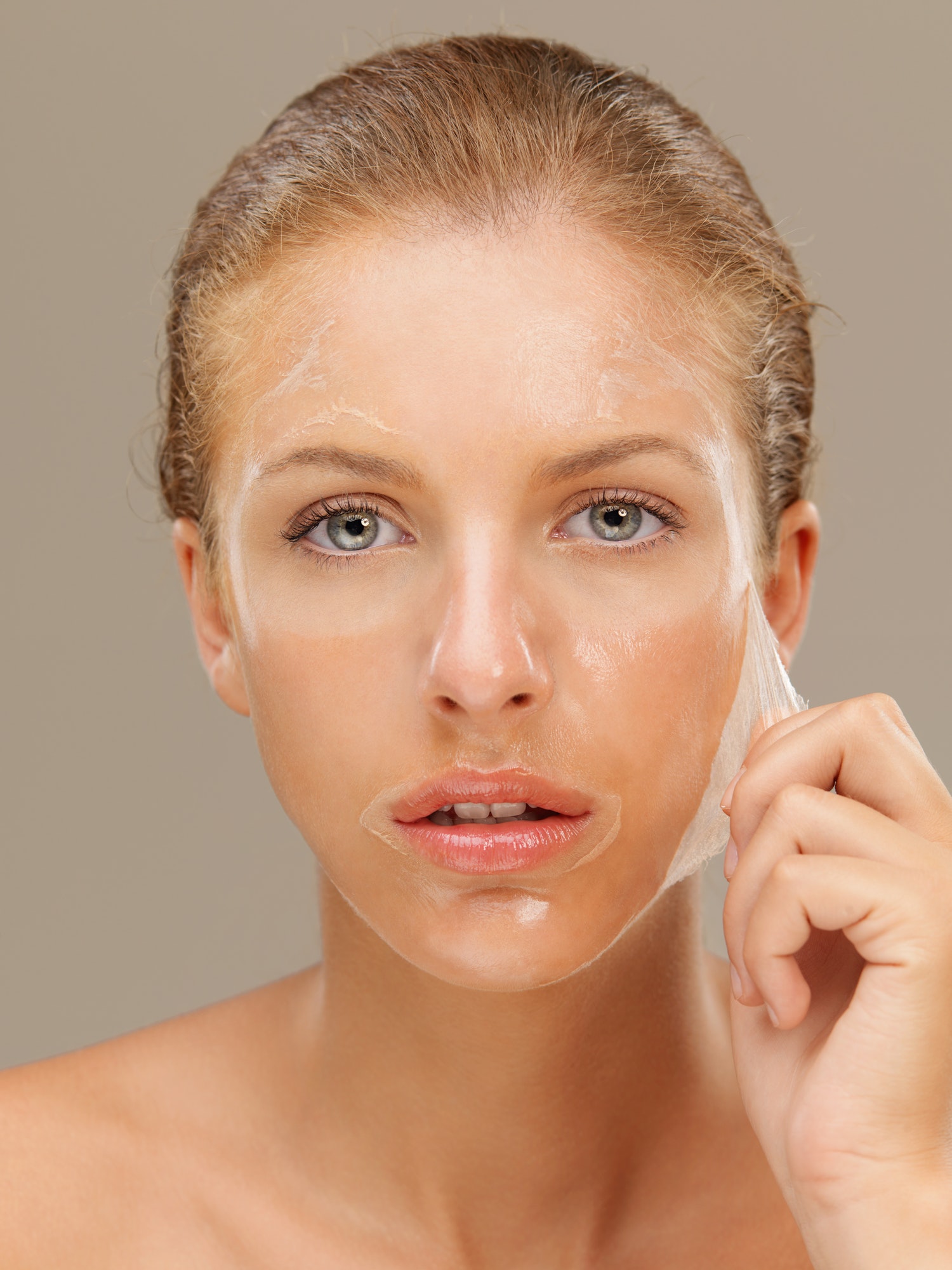Hyperpigmentation is a skin condition in which dark spots and patches are visible on the skin. The skin’s appearance becomes darker as compared to the normal surrounding skin. Skin hyperpigmentation can be caused by sun exposure, sun spots, freckles, and melasma. To improve the appearance of hyperpigmentation conditions, there are various treatments available such as – chemical peels, facial treatments, and prescription creams.
Skin hyperpigmentation is a very common skin condition, in which melanocyte cells generate color using melanin. There are two types of melanin eumelanin and pheomelanin. Dark-skinned people (Fitzpatrick IV-VI) have more amounts of eumelanin, whereas lighter skin types (Fitzpatrick I-III) have mostly pheomelanin. In darker skin types, the overproduction of melanin can lead to hyperpigmentation and affect some parts of the skin or body.
Skin Pigmentation Treatment
Hyperpigmentation treatments are usually non-invasive and typically safe with minimal downtime but always speak to our doctor at the aesthetic clinic for the best outcome.

For the Best Outcome:
Skin pigmentation treatments for patients vary and can take at least 6 months to achieve a clear even skin tone. We recommend a full treatment of at least 6-9 months to maintain a more even and clear complexion!
Downtime:
Depends! Mild to severe dark skin hyperpigmentation treatment protocols are available depending on the dermatological assessment.
START YOUR CONSULTATION
FREQUENTLY ASKED QUESTIONS
The main reason behind hyperpigmentation may be sun exposure, skin inflammation, melasma, and sunspots. But some people are born with pigmented birthmarks or may have melasma.
Hyperpigmentation can be classified into 3 major parts –
Age Spots
Age spots are also known as liver spots or solar lentigines. In this situation, black or brown spots can appear on sun-exposed body areas like the face or hands.
Melasma
It is also known as chloasma or “the mask of pregnancy”. The reason behind this name is – women who are pregnant or taking birth control pills, mostly get affected with melasma conditions. Big spots or dark patches appear on the face, forehead, upper cheeks, upper lip, or sometimes on the stomach.
Post inflammatory
People who have skin injury or inflammation can get affected with Post Inflammatory hyperpigmentation (PIH) conditions. In this PIH condition, spots or dark patches appear on the face or neck after an inflammatory skin condition, such as acne. Chemical peels are one of the best treatments to treat such conditions. When undergoing a chemical peel, extra care will need to be taken in dark skin types as this may cause PIH and worsen pigmentation.
The best way to prevent hyperpigmentation is to always protect your skin from sun exposure. Up to 90% of pigmentation issues can be improved by the use of sunscreen. And for acne, it is advised to avoid touching, picking, or squeezing your spots. Touching or squeezing the acne can convert the active spots to dark blemishes.
Everyone should always use sunscreen with an SPF of 30 or higher. It will help to protect the skin and stop hyperpigmentation from becoming darker. To get medical-grade sun protection please click here.
If you want an even skin tone and to reduce areas of excess freckling, you can go with these cosmetic procedures or treatments –
Note: Before taking any treatment always discuss the process, possible side effects with your aesthetic doctor or practitioner.
Every person is different, and whilst most will see results of hyperpigmentation treatment within 12-16 weeks (on average), some might see visible changes in the mirror faster than others and others may have slower progress.
Hyperpigmentation treatments help to lighten the concerned area and provide an even skin tone. Achieving the expected results may take some time.
Ar several points during your treatment, we’ll invite you to regular progress follow-up. And if you’re happy with your results, your aesthetic doctor will create a personalised solution that’ll work to maintain your clear and healthy skin – and to prevent future signs of pigmentation recurring. We’re always here to guide you through your treatment, and will continue to assess how well you’re responding, and whether you need a change in your treatment plan.




